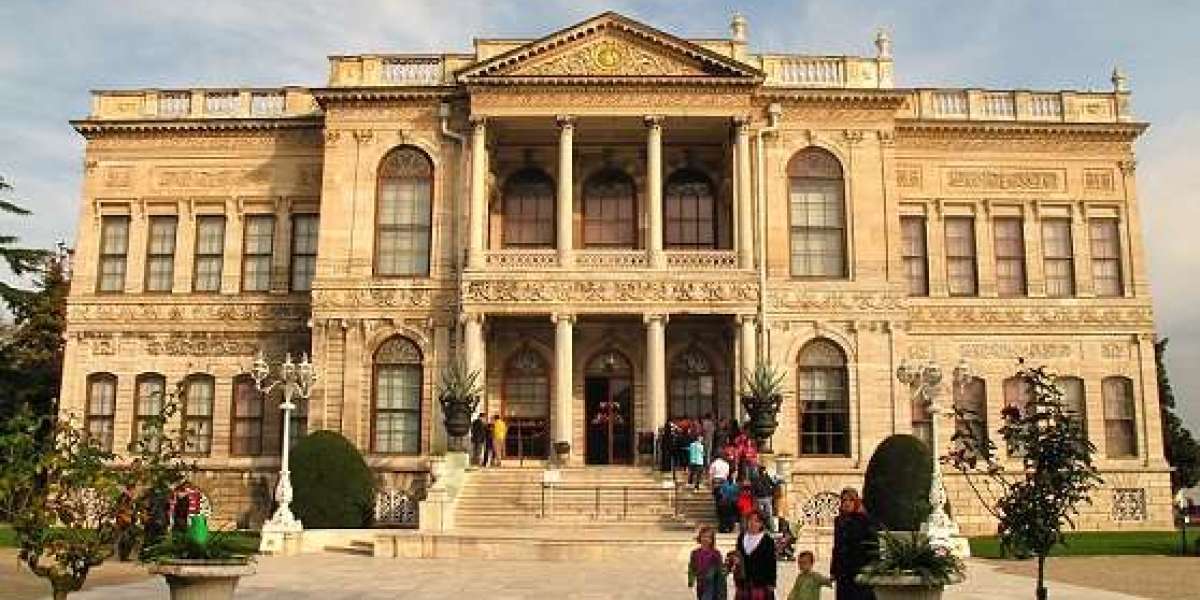Introduction:
Italy, a nation celebrated for its enduring art, storied history, and captivating culture, serves as a global inspiration for avid travelers. From the enchanting canals of Venice to the ancient ruins of Rome, Italy boasts a diverse tapestry of artistic and architectural wonders. This article delves into the heart of Italy's cultural treasures and introduces five must-visit places that capture the essence of both art and architecture.
1: St. Peter's Basilica - Vatican City:
Embarking on an exploration of Italian art and culture would be incomplete without a visit to St. Peter's Basilica, an architectural marvel situated in the heart of Vatican City. This iconic symbol of Christianity stands as a testament to the brilliance of Renaissance architecture, a creation attributed to the likes of Michelangelo, Donato Bramante, and Gian Lorenzo Bernini.
The grandeur of St. Peter's Basilica is palpable, evident in its magnificent facade featuring a towering dome that dominates the skyline of Rome. Visitors can marvel at the intricate details of Michelangelo's Pieta, a sculptural masterpiece complementing the grand architectural vision of the entire structure. Wandering through the vast interior adorned with awe-inspiring frescoes and sculptures imparts a sense of reverence, while climbing to the top of the dome offers a panoramic view of the Eternal City, providing a unique perspective on the interplay of history and modernity in both art and architecture.
2: Basilica Cistern - Istanbul:
While not situated in Italy, the Basilica Cistern in Istanbul, Turkey, emerges as a captivating addition to our exploration of art and architecture. This ancient underground reservoir, also recognized as the "Sunken Palace," unveils a remarkable fusion of Roman and Byzantine architectural elements.
Constructed during the reign of Emperor Justinian I in the 6th century, the Basilica Cistern exemplifies the architectural brilliance of its era. The symmetrical rows of columns, each adorned with distinctive capital designs, produce a captivating visual effect as they reflect in the tranquil waters below, underscoring the scrupulous planning and execution invested in its architectural creation.
The Basilica Cistern's architectural magnificence is epitomized by the two Medusa heads, serving as the bases of columns. The incorporation of these ancient sculptures infuses an artistic dimension into the architectural marvel, elevating its overall aesthetic allure. A visit to this subterranean wonder is a sojourn through time, providing a distinctive perspective on the cross-cultural influences that have shaped the region's architecture.
3: Dolmabahce Palace - Istanbul:
Continuing our global exploration in Istanbul, Dolmabahce Palace stands as a testament to the opulence of the Ottoman Empire. Nestled on the shores of the Bosphorus, this majestic palace served as the primary administrative center during the late Ottoman period, showcasing a seamless fusion of diverse architectural styles.
Dolmabahce Palace seamlessly incorporates elements of Baroque, Rococo, and Neoclassical design into its architectural framework. The exterior facade, adorned with intricate ornamentation and expansive gardens, not only mirrors the grandeur of the imperial court but also exemplifies how a harmonious blend of architectural styles can converge to create a breathtaking visual spectacle.
A distinctive feature of Dolmabahce Palace is the Crystal Staircase, a splendid structure crafted from Baccarat crystal, brass, and mahogany. As visitors wander through the sumptuously decorated rooms, they gain profound insights into the architectural preferences of Ottoman rulers and the cultural influences that intricately shaped their extravagant artistic vision. In essence, exploring the architecture of Dolmabahce Palace offers a captivating journey through the aesthetic choices of a bygone era, where the convergence of various architectural styles created an opulent masterpiece that continues to narrate the tale of the Ottoman Empire's grandeur.
4: Uffizi Gallery - Florence:
No exploration of global art and culture is complete without a visit to the Uffizi Gallery in Florence. Renowned as one of the world's oldest and most famous art museums, the Uffizi not only houses an unparalleled collection of Renaissance masterpieces but also stands as an architectural gem in its own right.
The gallery's vast array of artworks includes pieces by iconic artists such as Leonardo da Vinci, Michelangelo, Botticelli, and Raphael. As visitors traverse the well-curated halls, encountering masterpieces like Botticelli's "The Birth of Venus" and Leonardo da Vinci's "Annunciation," each surrounded by architectural elements that enhance the overall viewing experience.
Beyond its impressive collection, the Uffizi Gallery itself is a work of art. Originally designed by Giorgio Vasari in the 16th century, the building features stunning architectural elements contributing to the overall aesthetic experience. The Vasari Corridor, a secret passageway connecting the Uffizi Gallery to the Pitti Palace, provides a unique behind-the-scenes glimpse into the historical significance of this cultural institution.
5: Pompeii - Naples:
Our global journey through art and culture takes an archaeological turn as we explore the ancient city of Pompeii near Naples. Frozen in time by the eruption of Mount Vesuvius in 79 AD, Pompeii offers a hauntingly beautiful glimpse into daily life during the Roman Empire, showcasing the enduring nature of ancient architectural designs.
The well-preserved ruins of Pompeii include impressive frescoes, mosaics, and architectural structures that provide valuable insights into Roman art and architecture. The Forum, the city's central square, not only showcases the remnants of public buildings, temples, and marketplaces but also highlights the enduring nature of Roman architectural planning.
One of the most poignant features of Pompeii is the House of the Faun, a grand residence adorned with intricate mosaics, statues, and paintings. As visitors walk through the cobbled streets, the plaster casts of human figures frozen in their final moments showcase the intersection of art and architecture in a tragic yet compelling manner.
Conclusion:
Global exploration of art and culture unveils a rich tapestry that transcends time and captivates the imagination of every traveler. From the grandeur of St. Peter's Basilica to the mystique of the Basilica Cistern in Istanbul, and from the opulence of Dolmabahce Palace to the artistic treasures of the Uffizi Gallery and the ancient ruins of Pompeii, each destination offers a unique perspective on the evolution of art and architecture.
Whether drawn to the religious significance of Vatican City, the imperial splendor of Ottoman palaces, or the archaeological wonders of ancient civilizations, this journey invites you to embark on a global pilgrimage through the annals of human creativity. It leaves an indelible mark on your soul, enriching your understanding of the interconnectedness of art and architecture across diverse regions and historical periods.



